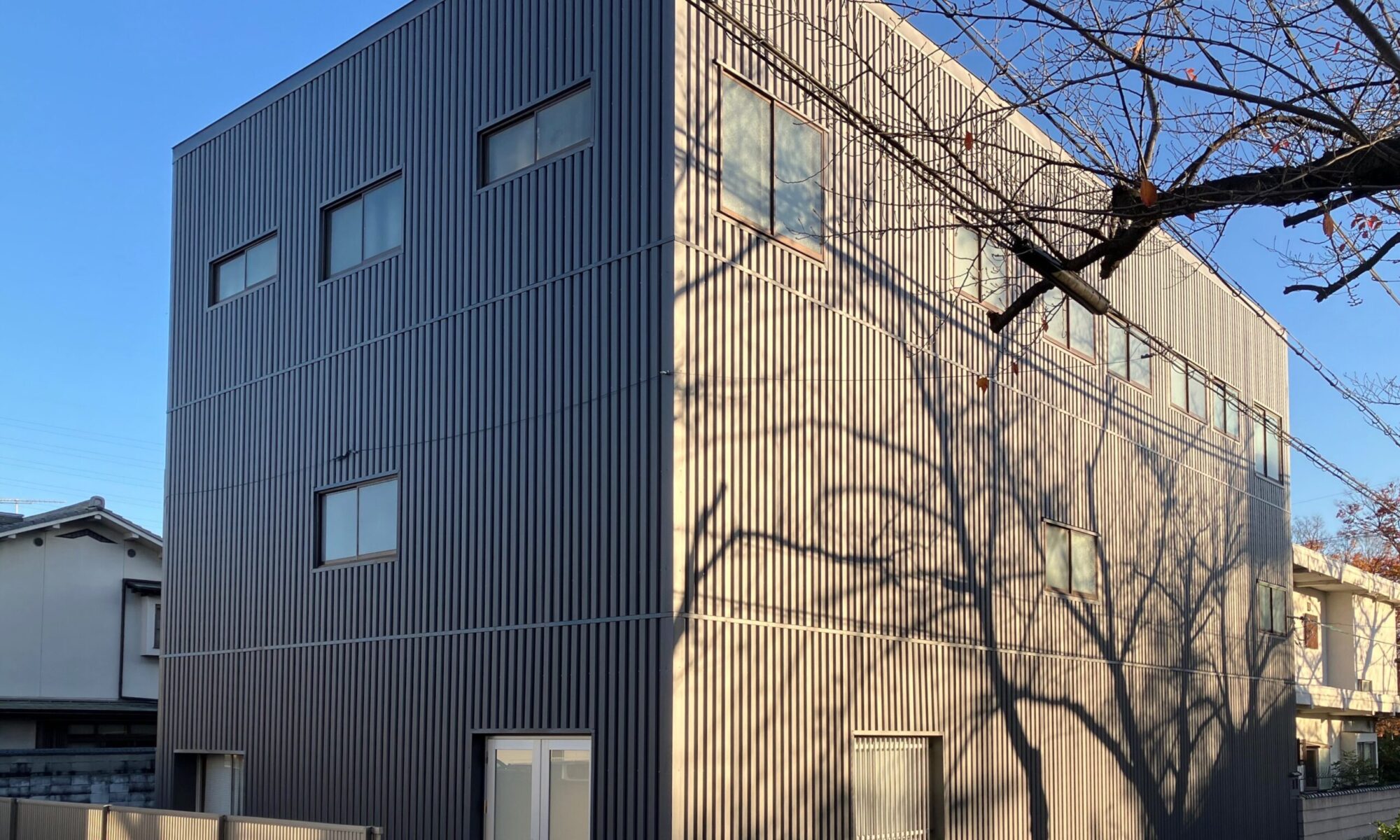KURAHARA Aiko (HAPS)
On the Occasion of Open Studio ×10
Imagine walking through an alley and opening the door of an artist’s studio.
There you can be drawn towards the practically conceived space with artwork in progress, completed artwork, artwork in storage, various motifs, art supplies and tools, natural light or ceiling light, a stack of memos, books piled up, sketches and drawings, flyers on the wall, drifting music and plants.
This is to enter the space of the artist that we might only be familiar with their artwork, and see the place where they think and experiment. In the white-cube space, the artwork is alienated from the creative process (in one way) however in the studio the artwork is in its natural element, a product of the creative process evident in the studio.
If we take a step back we can see there are many studios in Kyoto. There are over 20 shared studios in Kyoto city and it’s difficult to count if we include all the personal artist studios. Since 2009 there several open studio events with groups of studios opening simultaneously. In 2013, the Kyoto City University of Art gallery, @KCUA, held an exhibition called “Kyoto Studio” which included 17 shared studios and 88 artists.
Because artists need a space that allows the freedom to work with noisy tools or fumes, the location of studios tends to spread out to the suburbs, similar to many art universities. In the city of Kyoto, a close-knit artists’ community has developed due to the combination of artists’ activities and local history, as well as the small scale of the city itself. The communication between artists here reflects on individual production and supports the richness of their work.
This open studio spans four wards and includes 10 studios with 46 artists. We can imagine with the opening of these studios to the public there is a gradual connection being formed.
To have a shared creative space is not only a space for individual achievement but a place to exchange knowledge and opinions, and sometimes to welcome the public through open studios, exhibitions, lectures and workshops. At these times, the studio becomes a spontaneous place where artists can achieve something with their own hands as well as challenging each other by working so closely in these shared spaces.
Along with activities established by artists, public institutions are transforming like the renovation of Kyoto City Museum of Art and the relocation of Kyoto City University of Arts. I wonder how artists will draw their own map through the layers of their activities?
Once again, let’s open the door to the studio and head to a space of undiscovered creativity.

